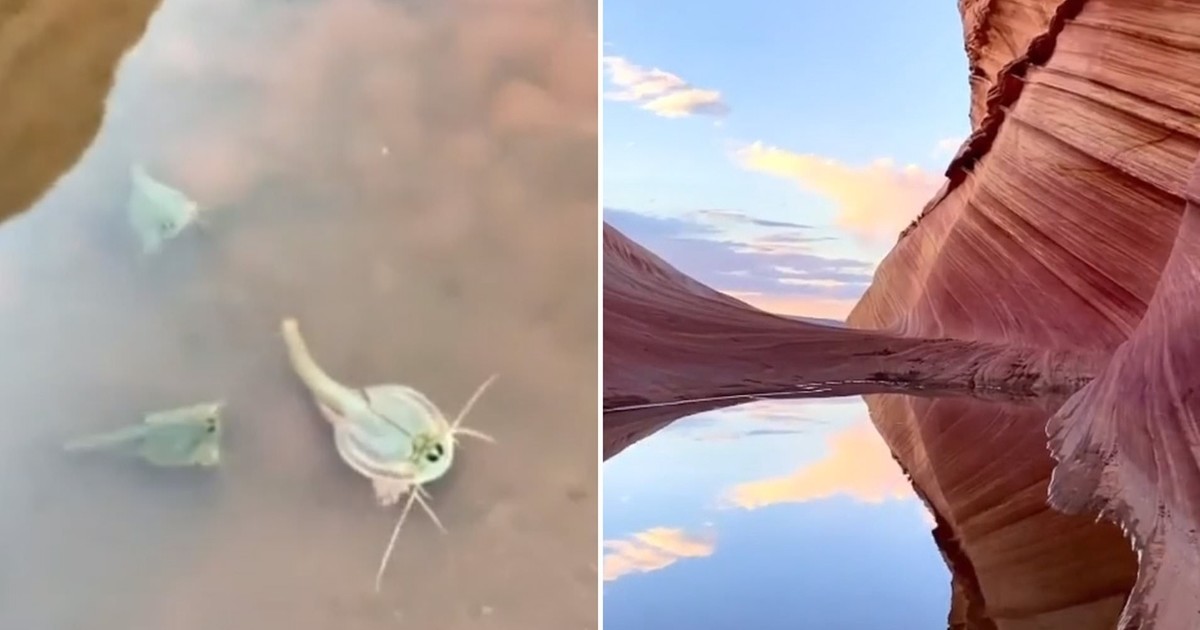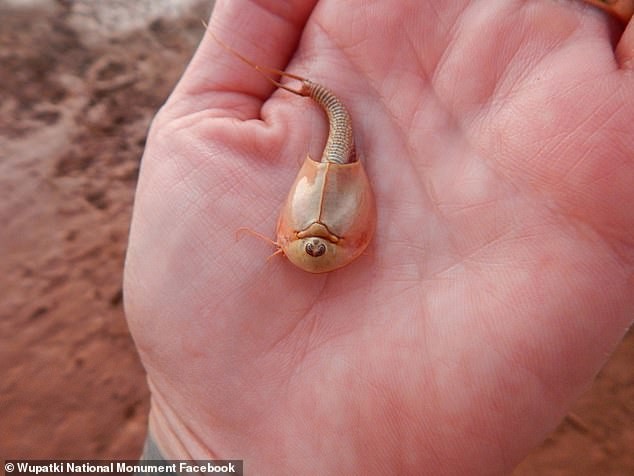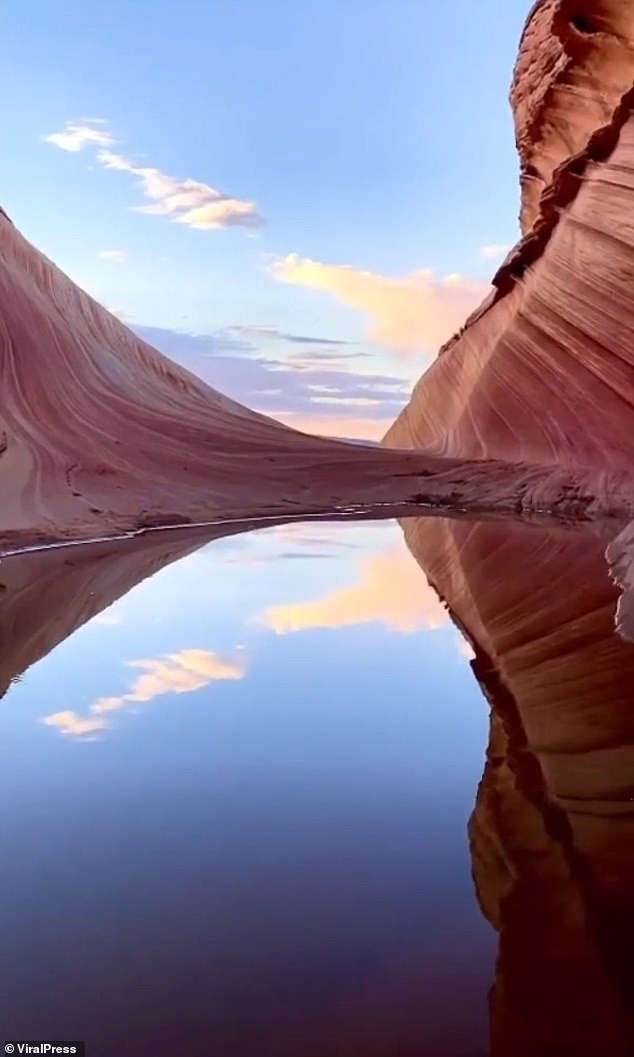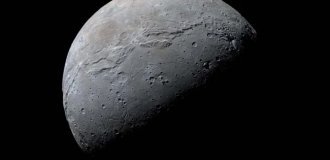A tourist found in the desert "living fossils" that have been living on Earth for 550 million years (4 photos + 1 video)
In Arizona, a tourist viewed the famous rock formation, known as The Wave when he spotted several shields floating in a small body of water formed after rain. Shields belong to prehistoric species living on our planet for about 550 million years. Eggs of this species can "doze" for decades and hatch only after interaction with water. 
A group of shields that lived before the dinosaurs and can rightfully be called "living fossils", swam in a puddle formed in the famous rock formation "Wave", where they were filmed by a 29-year-old tourist Adar Leibovich.
Adar was admiring the Wave when he noticed several bizarre three-eyed creatures in the puddle.
“I was so puzzled: where did the living creatures come from in the puddle, but I’m in the middle desert, how can this be?” Adar wrote on his Instagram. - Them eggs can be left alone for years, and as soon as the water touches the egg, it is activated and new life is born.” 
The shield was named after the shield, which almost completely covers their back, but its Latin name is Triops (from the Greek "three-eyed") these creatures received thanks to an organ resembling third Eye. Its exact purpose is unknown, but it is assumed that it helps shields to distinguish light from darkness.
Shields are called "living fossils" because their appearance modern representatives of the species practically does not differ from fossils dating back to the Devonian period, from 419 to 359 million years ago, or more than 100 million years before the dinosaurs walked the earth. 
The video shows four shield bats swimming in a shallow pool of water inside a stunning rock formation.
“We are so lucky that we live in a world where such cool a creature like these shields is the oldest creature on the planet, oh which we know,” Adar captioned the video.
The wave is a sandstone rock formation 190 million years old - that is, it consists of sand dunes, which eventually turned into rocks. The dunes lie on top of each other and strengthened by deposits of calcium salts, due to which vertical and horizontal layers. 





















